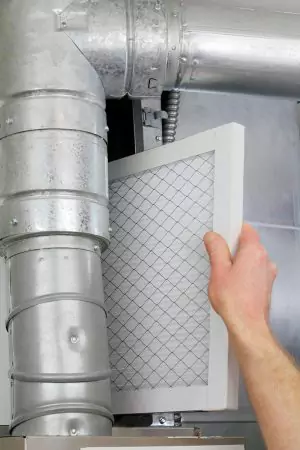Little things do mean a lot – especially when it comes to changing a furnace filter.
Furnace filters may seem a low priority, however finding the right furnace filter not only could save you money, but also improve air quality.
Filters were designed to protect the moving parts of the furnace itself, but thanks to technological advancements, filters can prevent harmful particles from cycling back into the air that you breathe at home. While this may sound like a little thing, it can be big when it comes to your family’s health and wellbeing.
Filter size measurements are fairly standard, but there are efficiency, cost, convenience, and health aspects to take into consideration. With the many varying factors involved in filter selection, the homeowner is left with many choices and price ranges.
How do you choose the right furnace filter? Follow these small, but important steps:
- Your furnace is designed to take a specific size of the filter. Filters are given a rating called a MERV rating – which stands for “minimum efficiency reporting value.” This value was developed by the American Society of Heating, Refrigeration and Air Conditioner Engineers (ASHRAE). MERV values vary from 1 to 16. The higher the MERV value is, the more efficient the filter will be at trapping airborne particles.
- We recommend a MERV 11- or 13-grade pleated filter for most standard HVAC systems that take a 1” disposable filter. There are some quality washable filters available in 1” sizes. If members of your family suffer experience allergy problems, there also are a variety of electronic air cleaners and purifiers available.
- Pleated air filters are great for reducing allergens, but sometimes homeowners leave them in too long, allowing the filter to clog. This reduced airflow can cause overheating and burner shutdown. Filter manufacturers cannot predict how long a filter will last because dust conditions are different in every home. A higher-grade filter might be best for homes with asthma- or allergy sufferers.
- In order for your furnace to operate at its best, filters should be changed once they start to look discolored. If the filter looks dirty, it is dirty. Filters should be changed on a monthly basis when the system is in high use, such as during winter and summer months, and every other month during lower-use times, in the spring and fall. If you want a smarter way to determine when it needs replacing, install an air filter gauge.
Changing the filter is the least expensive and most important maintenance you can perform yourself on your heating and cooling system. Inspections on a furnace should be performed annually by a licensed HVAC professional to ensure proper functionality during the higher-use months.


